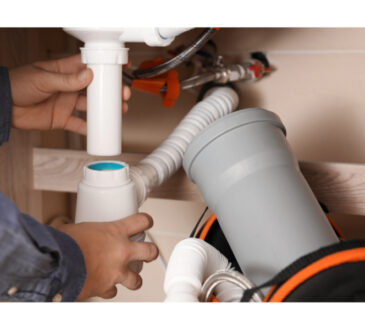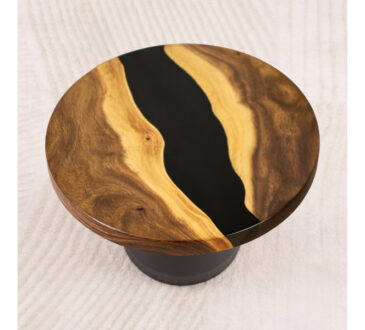
There are a few key factors that can contribute to successful furniture upholstery:
Make sure to choose a fabric that is appropriate for the piece of furniture and the intended use. Consider factors such as durability, stain resistance, and colorfastness.
Remove any old fabric and padding, and make any necessary repairs to the frame before you begin upholstering.
Measure and cut the fabric to fit the piece of furniture, and use upholstery tacks or staples to attach it to the frame. Make sure to stretch the fabric taut to prevent wrinkles and sagging.
Use foam or another padding to give the piece of furniture a comfortable, supportive feel.
Use decorative trim or welting to finish the edges of the upholstered piece and give it a polished look.
Tricks about Furniture Upholstery
Here are some tricks for upholstering furniture:
Start by removing the old upholstery, including any staples or nails.
Measure the dimensions of the piece of furniture, as well as the foam cushions, to determine how much fabric you’ll need.
Cut the foam cushions to size, if necessary, using a sharp knife or electric carving knife.
Lay out the fabric on a clean, flat surface and place the foam cushions on top.
Cut the fabric, leaving enough to wrap around the edges of the foam and the underside of the furniture.
Place the furniture upside down on the fabric and position the foam cushions in place.
Begin stapling the fabric to the underside of the furniture, starting in the center and working your way outward. Use a staple gun and be sure to pull the fabric taut as you staple.
Once the center is secure, move on to the corners. Fold the fabric neatly into pleats or mitered corners to create a clean, finished look.
Continue stapling the fabric around the edges of the furniture until it is fully covered.
If your furniture has buttons or tufting, create a template out of card stock or heavy paper.
Things to Do Immediately About Furniture Upholstery
If you have Furniture upholstery that needs repair or cleaning, there are a few steps you can take immediately to address the issue:
Different fabrics require different types of cleaning and repair methods. Identifying the type of fabric will help you determine the best course of action.
Use a brush attachment to thoroughly vacuum the upholstery to remove dirt, dust, and debris.
If the upholstery is stained, pre-treat the stains with a suitable cleaning product before attempting to clean the entire piece of furniture.
Use a mild cleaning solution and a clean, soft cloth to gently scrub the upholstery. Avoid using too much water, as this can cause the fabric to become oversaturated and take longer to dry.
If the upholstery is torn or otherwise damaged, consider hiring a professional upholsterer to make the necessary repairs.
Consider using a fabric protector to help prevent future stains and wear on the upholstery. This can be especially useful for furniture that gets a lot of use or is in a high-traffic area.




